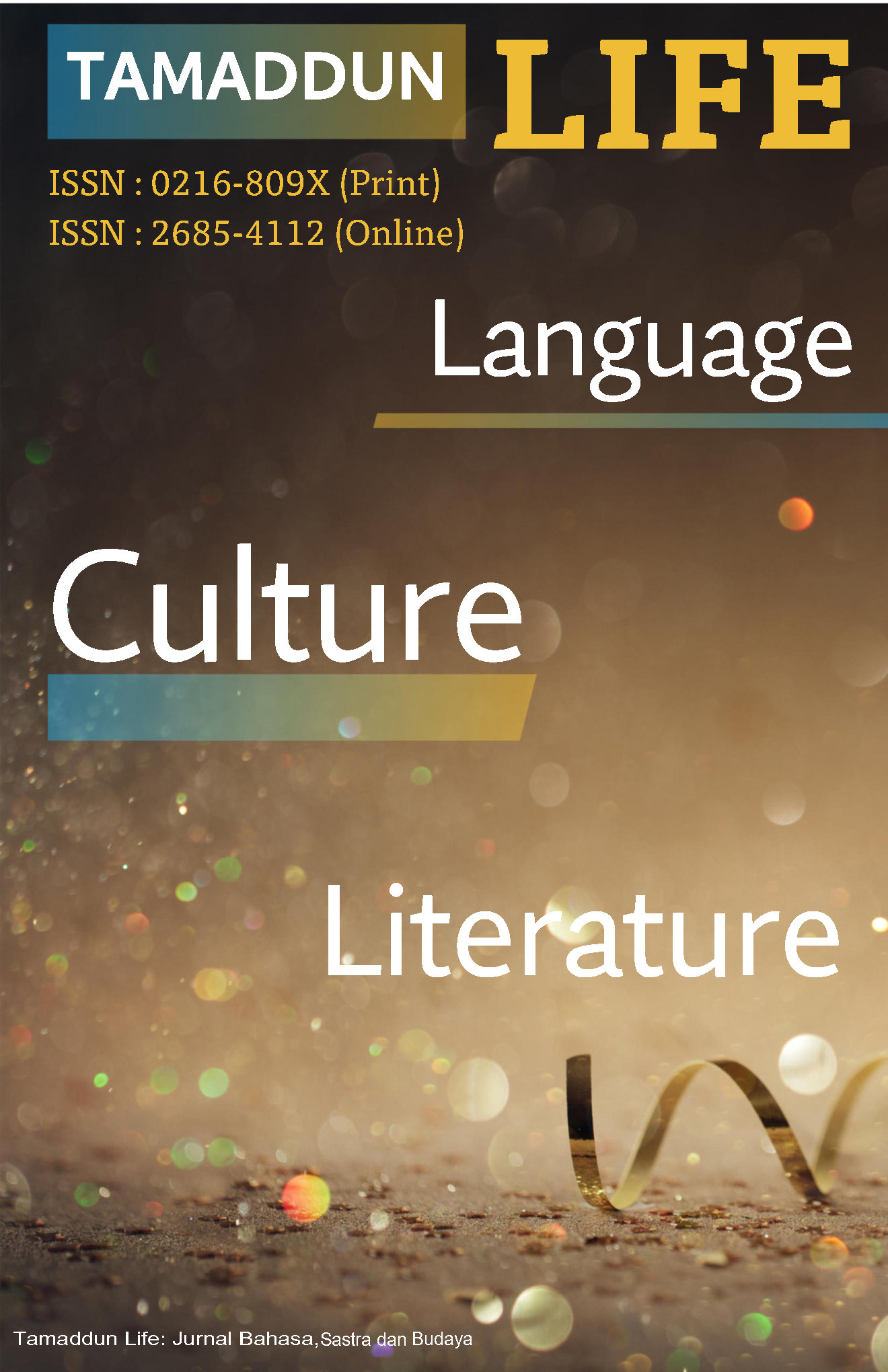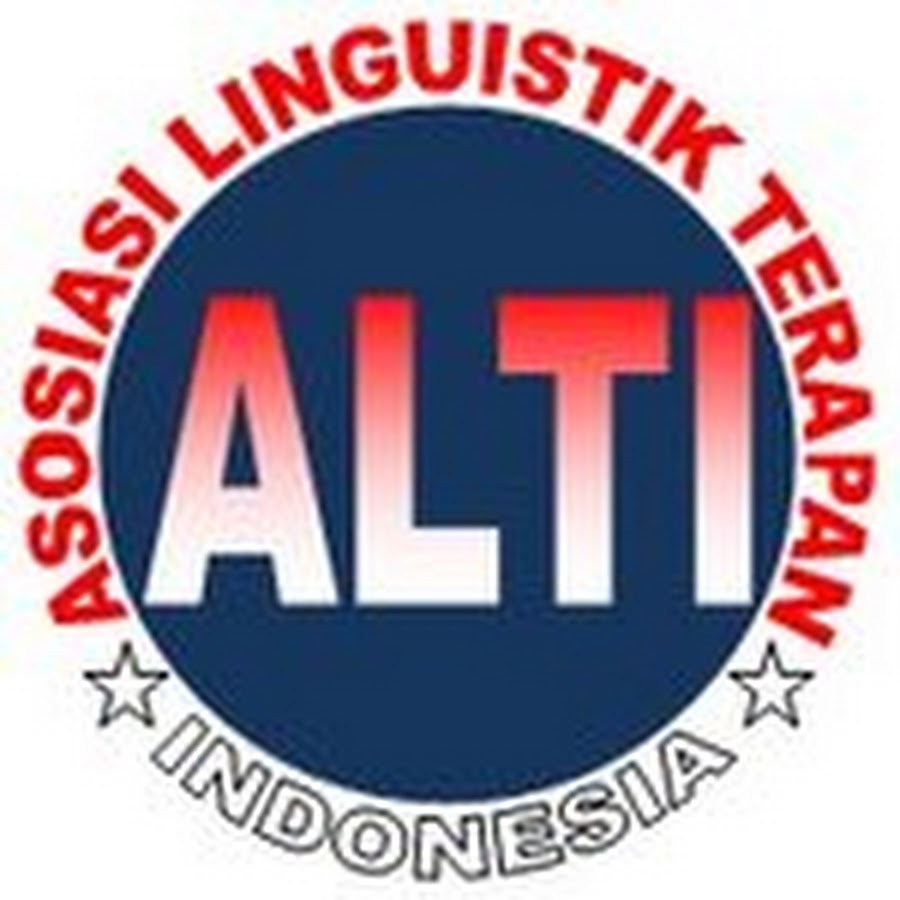Coping Strategies of High School Students in Flood-Prone Areas: A Study of Adaptive and Maladaptive Behaviors in Labakkang, Pangkep Regency
Abstract
Flooding is a recurrent natural disaster that significantly impacts the lives of communities, including high school students in Labakkang, Pangkep Regency, Indonesia. This study investigates the coping strategies employed by these students to manage the challenges posed by frequent flooding. Using a quantitative survey approach, data were collected from 115 students through structured questionnaires and analyzed using frequency tabulation. The results reveal a nuanced coping behavior among the students, categorized into problem-focused and emotion-focused strategies. Problem-focused strategies, such as planning, problem-solving, and decision-making, were highly prevalent, indicating a proactive approach to mitigating the effects of flooding. Emotion-focused strategies, including acceptance, relaxation, and cognitive reframing, were also widely adopted, reflecting the students' emotional resilience and ability to manage stress. Despite these adaptive strategies, a significant reliance on avoidance behaviors was observed, suggesting an area for intervention. Avoidance, while providing temporary relief, is often considered maladaptive as it may hinder long-term problem resolution and emotional adjustment. This finding highlights the need for targeted educational and psychological interventions to promote more effective coping mechanisms. The study sheds light on the importance of integrating disaster preparedness programs into the educational curriculum, emphasizing skill development in adaptive strategies such as resource management, negotiation, and mindfulness. These findings align with established theories on stress and coping, particularly the transactional model, and provide practical insights for policymakers, educators, and mental health professionals. By addressing the gaps in coping strategies, this research contributes to enhancing the resilience and well-being of students in disaster-prone regions.
References
Anriani, H. B., & Harifuddin, H. (2024). Konsep dan Aplikasi Sosiologi (I. Iskandar & A. Burchanuddin (eds.)). Mitra Cendekia.
Anriani, H. B., Harifuddin, H., Asmirah, A., & Zainuddin, R. (2023). Banjir, krisis lingkungan dan pembangunan: efek kekuasaan. Konferensi Nasional Sosiologi X APSSI, 1(2), 7–9.
Aslam, N., & Kamal, A. (2015). Coping strategies as predictors of psychological distress and post-traumatic growth among flood-affected individuals. Journal of Alcoholism & Drug Dependence, 3(1), 181.
BNPNB, B. (2022). Jumlah kejadian per jenis bencana. Gis. https://gis.bnpb.go.id/
Edwards, J. R. (1996). An examination of competing versions of the person-environment fit approach to stress. Academy of Management Journal, 39(2), 292–339.
Gifford, R. (1987). Environmental psychology: Principles and practice. Allyn & Bacon.
Halim, H., Arifin, A., Nonci, N., Zainuddin, R., Anriani, H. B., & Kamaruddin, S. A. (2019). Flood disaster and risk anticipation strategy. IOP Conference Series: Earth and Environmental Science, 235, 012032. https://doi.org/10.1088/1755-1315/235/1/012032
Harifuddin, H. (2017). Flood Disaster, Local Belief And Islam-Sufism. El-HARAKAH (TERAKREDITASI). https://doi.org/10.18860/el.v19i1.3916
Heimstra, N. W., & McFarling, L. H. (1982). Environmental Psychology. Brooks/ Cole Publishing Company.
Kabir, M. H., & Hossain, T. (2021). Assessment on Social Vulnerability and Response Towards Natural Disaster in A Disaster-Prone Coastal Village: An Example from Bangladesh. International Journal of Disaster Management, 4(1), 39–60. https://doi.org/10.24815/ijdm.v4i1.19482
Khasan, M., & Widjanarko, M. (2011). Masyarakat menghadapi banjir. I(2), 93–103.
Lazarus, R. S., & Folkman, S. (1984). Stress, Appraisal, and Coping. Springer Publishing Company.
Marfai, M. A., Sekaranom, A. B., & Ward, P. (2015). Community responses and adaptation strategies toward flood hazard in Jakarta, Indonesia. Natural Hazards, 75(2), 1127–1144.
Mulyana P, Yosi; Suharso, Pujdo; Ani, H. M. (2015). Pola Hubungan Kerja Juragan Dan Buruh Nelayan Terhadap Work Relationship Model Of Owner And Fisherman Worker To Prosperous Of Fisherman Worker In Hamlet Of Kampung Baru The Village Grajagan Purwoharjo Banyuwangi District Kabupaten Banyuwangi. Artikel Ilmiah Mahasiswa, 1(1), 1–6.
Nugroho, S. P. (2018). Kerugian dan Kerusakan Dampak Bencana di Sulawesi Tengah MencapaiI 13,82 Trilyun Rupiah. BNPB. https://bnpb.go.id/berita/kerugian-dan-kerusakan-dampak-bencana-di-sulawesi-tengah-mencapai-1382-trilyun-rupiah
Ortega-Gil, M., Cortés-Sierra, G., & ElHichou-Ahmed, C. (2021). The Effect of Environmental Degradation, Climate Change, and the European Green Deal Tools on Life Satisfaction. Energies, 14(18), 5839. https://doi.org/10.3390/en14185839
Prabawa, M. S., Indriani, W., & Dewiyanti, H. (2019). Mitigasi Spasial terhadap Bencana Sosial di Permukiman Johar Baru, Jakarta Pusat. Jurnal Arsitektur ZONASI, 2(1), 46. https://doi.org/10.17509/jaz.v2i1.15062
Sugiyono. (2019). Metode Penelitian Kuantitatif. Alfabeta.
Veitch, R., & Arkkellin, D. (1995). Environmental Psychology: An Interdisciplinary Perspective. Prentice Hall, Inc.,Englewood Cliffs 07632.
Zen, L. Z., Darusmman, D., & Santoso, N. (2015). Strategi Mata Pencaharian Masyarakat Berkelanjutan Pada Ekosistem Mangrove Di Wonorejo, Kota Surabaya. Risalah Kebijakan Pertanian Dan Lingkungan, 2(3), 230–242.
Copyright (c) 2024 Syamsu Kamaruddin

This work is licensed under a Creative Commons Attribution 4.0 International License.
Authors who publish with Tamaddun journal agree to the following terms:
1. Authors retain the copyright and grant Tamaddun the right of first publication. The work will be licensed under a Creative Commons Attribution License (CC BY 4.0), which permits others to share the work with proper acknowledgment of the authorship and initial publication in this journal.
2. Authors may enter into additional non-exclusive agreements for the distribution of the published version of their work (e.g., posting it to an institutional repository or including it in a book), provided that the initial publication in this journal is acknowledged.
3. Authors are encouraged to post their work online (e.g., in institutional repositories or on their personal websites) before and during the submission process. This can lead to productive exchanges and increase the visibility and citation of the published work.






